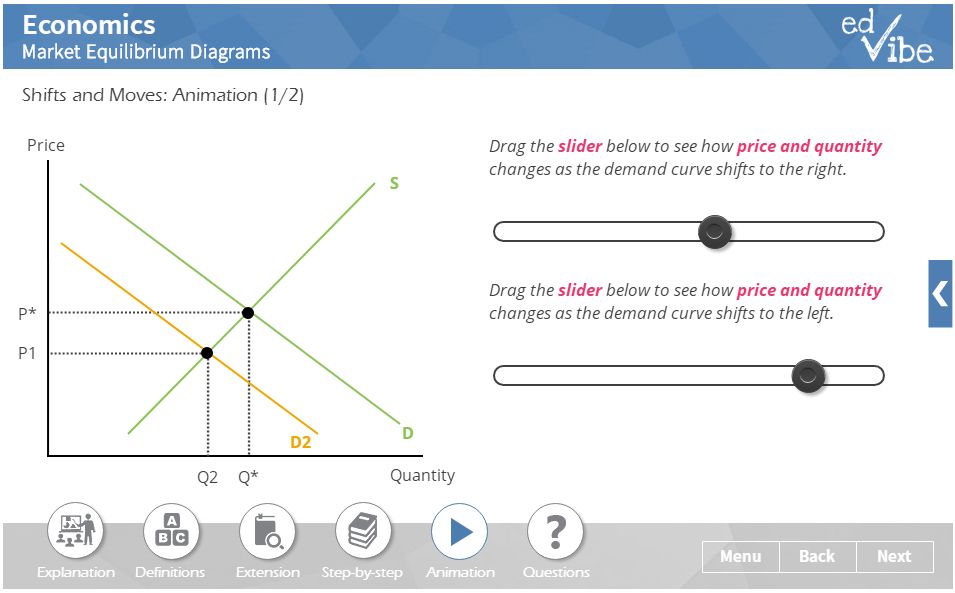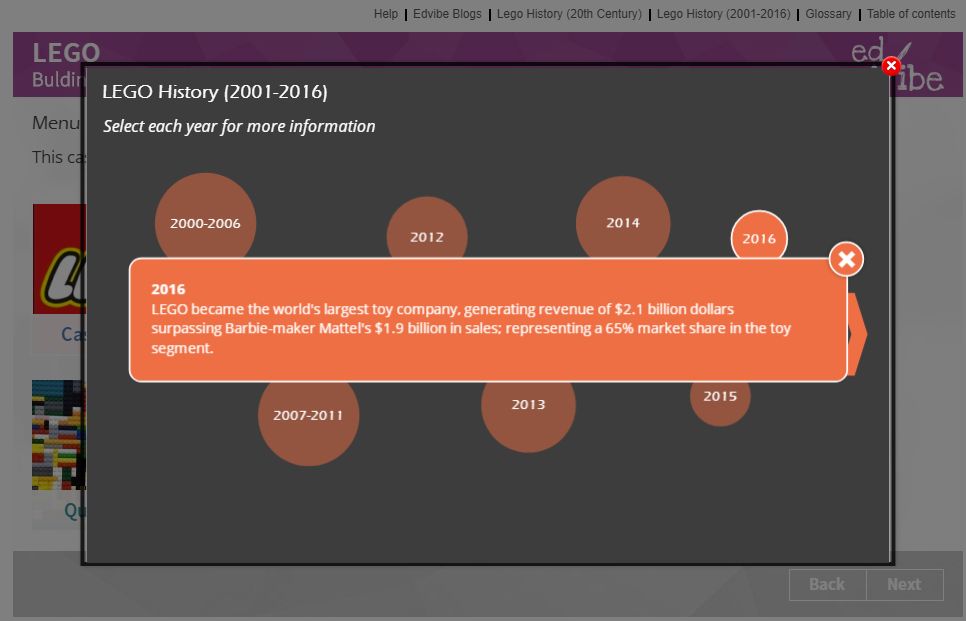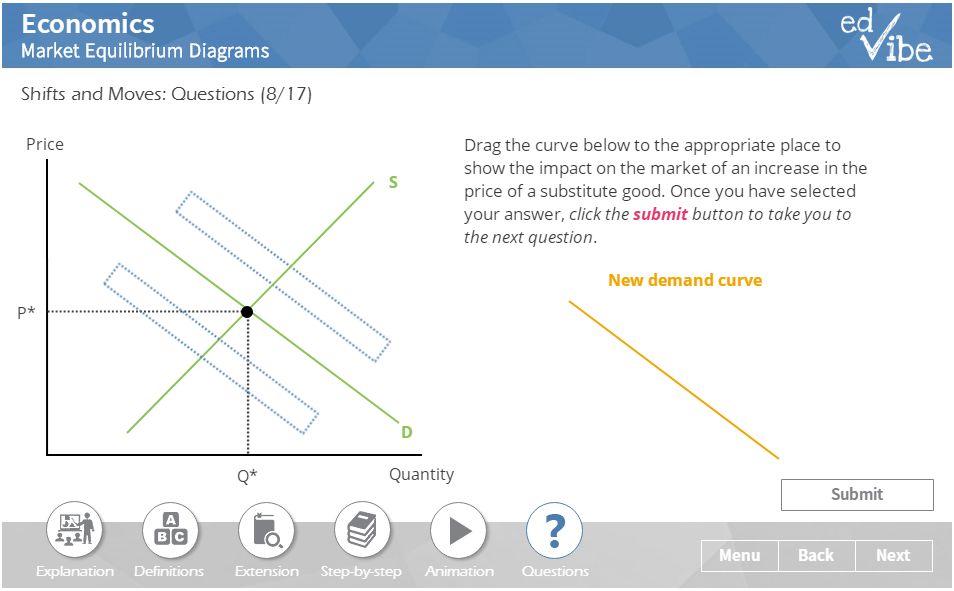In 2016/17 we were commissioned by a new e-learning company to produce a series of integrated e-learning materials for a start-up producing online learning materials for students of Economics and Business and Management. The materials were varied in nature and intended to bring out the holistic nature of the subject matter – ensuring that students were able to apply the skills they had learnt to different situations, thereby enhancing their critical and evaluative skills.
Initially we worked closely with an instructional designer and the authors and developers to ensure they understood fully the potential of the online environment and the tools and techniques they could use to ensure the materials were as engaging as possible. The materials included a series of Business Case Studies and various Economics packs and our instructional designer produced a series of potential storyboards and templates of possible activities the authors could use.
Following these initial discussions, we felt that the most appropriate tool to achieve what the client wanted was Articulate 360, so once we had received the initial drafts of content these were once again considered by our instructional designer. Following some minor edits by the author, we went ahead and started the development process. These packs were intended to be as engaging and appealing as possible to students, but also to ensure that they followed the curriculum closely and helped support their preparation for assessment. This meant careful adherence to assessment guidance and the required learning outcomes.
The packs were made as interactive as possible. So, for example, rather than just creating static diagrams to illustrate economic principles, we created animated versions where students could see the changes taking place as they moved a series of sliders. This can be seen in the screenshot below.

For the case studies, we need to create timelines. These were created as animated timelines allowing the students to work closely through them, developing their understanding as they worked through. A screenshot of one of these timelines is shown below.

Throughout the materials we offered opportunities for students to evaluate their learning and ensure their understanding of the concepts. These self-assessments took a variety of forms to ensure variety and continued engagement with the materials. Some were drag and drop activities – these might have asked students to build a diagram by dragging and dropping the various elements or perhaps to label a diagram or perhaps to match terms and definitions. There were also multiple choice and multiple response questions and a range of other interactions including hotspot questions. All questions have extensive feedback to reinforce student learning.

Follow the links below to view samples of each of these:
